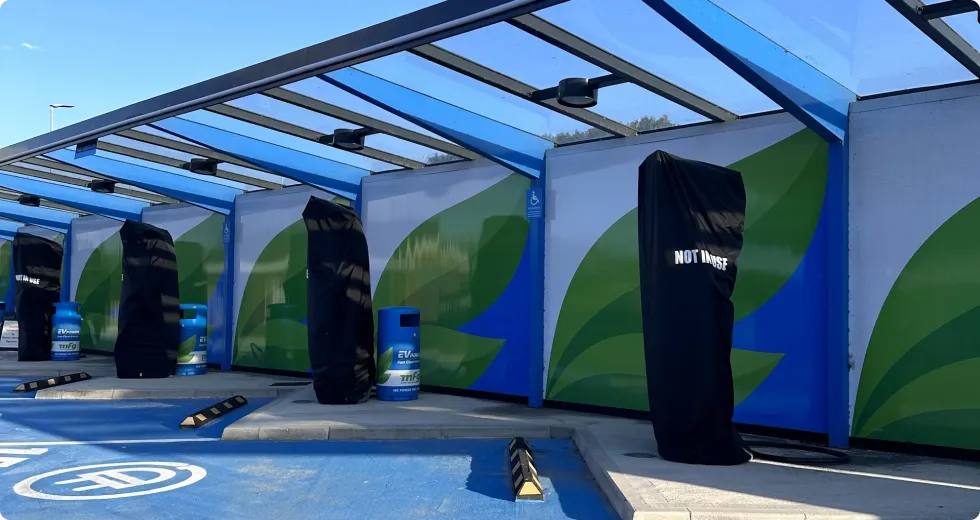

Enjoy our tailored backend for all customers. Monitor stations, users, and usage effortlessly with intuitive graphs. Seamlessly integrate with external ERP platforms for smooth daily management.
Selecting the optimal location for installing your INVT HM10316G EV Charger is crucial for convenience, safety, and efficient charging. Consider the following factors when choosing the installation site:
Accessibility: Choose a location that is easily accessible from your vehicle parking spot. Ensure there are no obstacles or obstructions that could hinder access to the charger.
Proximity to electrical supply: Position the charger close to an existing electrical supply to minimize installation costs and ensure efficient power delivery. Avoid locations where extensive wiring or electrical work would be required.
Compliance with regulations: Verify that the chosen location complies with local regulations, building codes, and safety standards for EV charger installations. This may include considerations such as minimum clearances, proximity to water sources, and accessibility for maintenance.
Protection from environmental elements: Install the charger in a location that provides protection from environmental elements such as rain, snow, extreme temperatures, and direct sunlight. Consider using a weatherproof enclosure or cover to shield the charger from the elements if necessary.
By carefully considering these factors, you can ensure that the chosen location for your INVT HM10316G EV Charger optimizes convenience, safety, and functionality, allowing you to enjoy hassle-free charging for your electric vehicle.

Selecting the optimal location for installing your INVT HM10316G EV Charger is crucial for convenience, safety, and efficient charging. Consider the following factors when choosing the installation site:
Voltage: The INVT HM10316G EV Charger operates on a 240V AC electrical supply. This voltage level is standard for most residential and commercial electrical systems, but it's crucial to verify that your electrical supply meets this requirement. Ensure that the voltage is stable and within the acceptable range specified by the charger's manufacturer to prevent damage to the charger and ensure reliable charging performance.
Circuit breaker rating: The circuit breaker protecting the electrical circuit connected to the charger must have a suitable rating to prevent overcurrent and protect against electrical hazards. The recommended circuit breaker rating for the INVT HM10316G EV Charger is [insert circuit breaker rating]A. Ensure that the circuit breaker is properly sized and compatible with the charger's current requirements.

Wiring size and type: The wiring used to connect the charger to the electrical supply must be sized appropriately to handle the maximum current flow without overheating or voltage drop. Use high-quality, properly insulated copper wiring with a suitable gauge size as recommended by local electrical codes and regulations. Ensure that the wiring is rated for outdoor or indoor use, depending on the installation location of the charger.
By carefully assessing and addressing the electrical supply requirements outlined above, you can ensure that your INVT HM10316G EV Charger operates safely and efficiently, providing reliable charging for your electric vehicle while minimizing the risk of electrical hazards and equipment damage.
